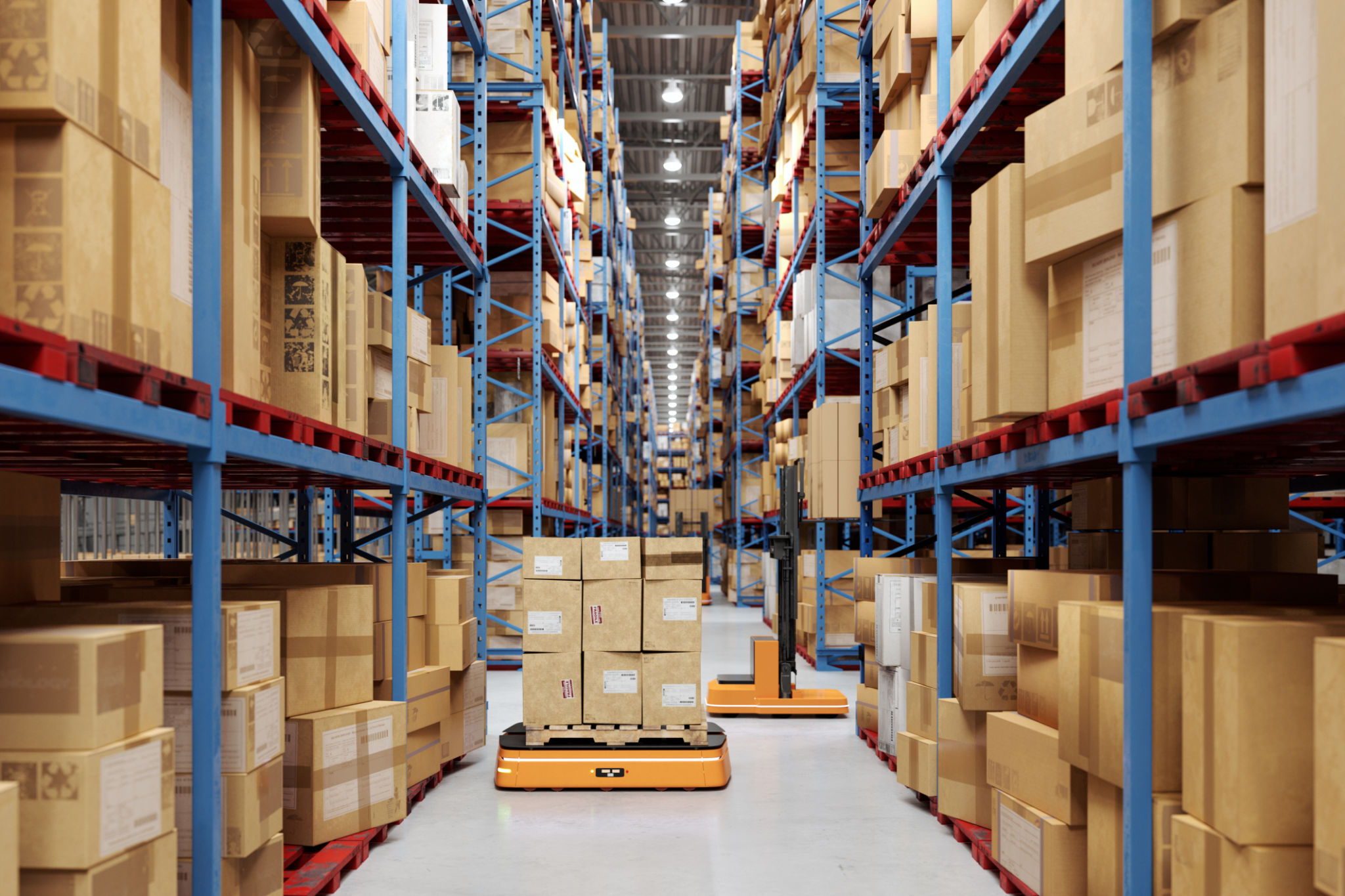Top Trends in Construction Technology and Automation
Revolutionizing Construction with Technology
The construction industry, often seen as a traditional field, is undergoing a transformation fueled by advancements in technology and automation. These innovations are not only enhancing productivity but also improving safety and sustainability on job sites. As we delve into the top trends in construction technology, it becomes clear that the future of construction is being reshaped by digital tools and automated processes.

Building Information Modeling (BIM)
One of the most significant technological advancements in construction is the adoption of Building Information Modeling (BIM). BIM allows for the creation of a digital representation of a building's physical and functional characteristics. This tool facilitates enhanced collaboration among project stakeholders, leading to a more efficient design and construction process. By using BIM, construction teams can visualize potential issues before they arise, reducing costly errors and delays.
Robotics and Automation
Robotics and automation are playing pivotal roles in transforming construction sites. Automated machinery such as bricklaying robots and drones for site surveys are becoming increasingly common. These technologies help reduce human labor, increase precision, and improve safety. For instance, drones provide aerial views of construction sites, enabling accurate inspections and monitoring without the need for manual intervention.

The Rise of Prefabrication
Prefabrication is gaining popularity due to its ability to streamline construction processes. By assembling components of a structure in a controlled factory setting, prefabrication minimizes on-site work and reduces waste. This approach not only speeds up construction timelines but also enhances quality control. As more firms recognize the benefits, prefabrication is becoming a standard practice in the industry.
3D Printing in Construction
3D printing is no longer just a concept; it's becoming a reality in construction. This technology offers the ability to create complex building components quickly and efficiently. 3D printing reduces material waste and labor costs, making it an attractive option for sustainable building practices. As the technology evolves, we can expect to see more structures being built using 3D printing techniques.

Advanced Safety Equipment
Construction sites are becoming safer with the integration of advanced safety equipment. Wearable technology, such as smart helmets and vests equipped with sensors, provides real-time data on workers' health and safety conditions. These devices can alert supervisors to potential hazards, reducing accidents and improving overall site safety.
Artificial Intelligence and Machine Learning
Artificial Intelligence (AI) and Machine Learning (ML) are revolutionizing decision-making processes in construction. These technologies analyze vast amounts of data to predict project outcomes, optimize resource allocation, and improve risk management. By leveraging AI and ML, construction firms can achieve greater efficiency and cost savings.

Sustainability through Technology
The push towards sustainability is driving the adoption of green technologies in construction. From energy-efficient building materials to smart energy management systems, technology is enabling more eco-friendly practices. Sustainable construction not only benefits the environment but also offers long-term cost savings for building owners.
In conclusion, the construction industry is on the brink of a technological revolution. By embracing these trends, companies can enhance productivity, reduce costs, and build safer, more sustainable structures. As technology continues to evolve, the possibilities for innovation in construction are limitless.
